I'm working through The Art of Electronics. In chapter 2, it breaks a common-emitter amplifier into two stages: a transconductance stage and a resistive load stage (or transresistance amplifier). However, it states that the gain is:
$$ g_m = {\Delta I_{out} \over \Delta V_{in}} = -1~\mathrm{mA/V} $$
Figure 2.39. The common-emitter amplifier is a transconductance stage driving a (resistive) load.
Imagine breaking it apart, as in Figure 2.39. The first part is a voltage-controlled current source, with quiescent current of 1.0 mA and gain of -1 mA/V.
Why is the gain negative? I understand why the voltage gain is negative, but shouldn't the current gain be positive? E.g. a small positive voltage wiggle at the input would result in an increase in current at the output:
if \$\Delta V = 0.5~\mathrm{V}\$ then \$I_{out} = 1.5~\mathrm{V/1.0~k\Omega} = 1.5~\mathrm{mA}\$
Where am I going wrong?

